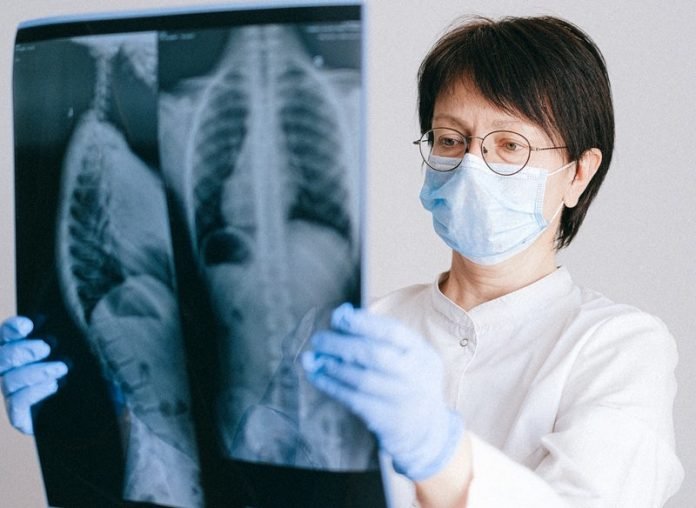
In a new study, researchers found an association between lower humidity and an increase in community transmission.
They focused on the Greater Sydney area during the early epidemic stage of COVID-19.
The finding adds to a growing body of evidence that humidity is a key factor in the spread of COVID-19.
The research was conducted by a team at the University of Sydney and China.
Lower humidity can be defined as “drier air”. The study estimated that for a 1% decrease in relative humidity, COVID-19 cases might increase by 7%-8%.
The estimate is about a 2-fold increase in COVID-19 notifications for a 10% drop in relative humidity.
The team said there are biological reasons why humidity matters in the transmission of airborne viruses.
When the humidity is lower, the air is drier and it makes the aerosols smaller. Aerosols are smaller than droplets.
When people sneeze and cough those smaller infectious aerosols can stay suspended in the air for longer. That increases the exposure for other people.
When the air is humid and the aerosols are larger and heavier, they fall and hit surfaces quicker.
This suggests the need for people to wear a mask, both to prevent infectious aerosols escaping into the air in the case of an infectious individual and exposure to infectious aerosols in the case of an uninfected individual.
One author of the study is Professor Michael Ward, an epidemiologist in the Sydney School of Veterinary Science.
The study is published in Transboundary and Emerging Diseases.
Copyright © 2020 Knowridge Science Report. All rights reserved.



